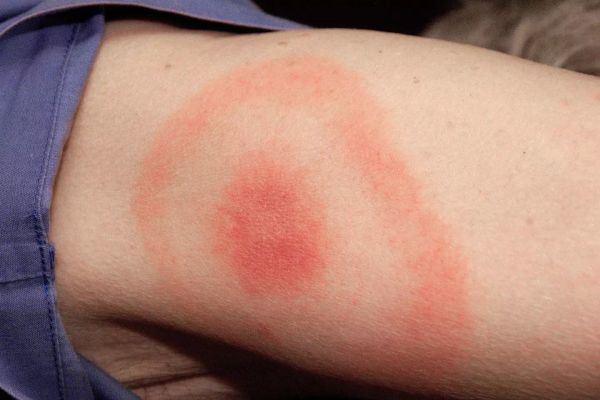The NHS has issued a warning regarding the treatment of a disease that seems to be prevalent among celebrities. If you’ve noticed a number of famous individuals falling ill with what appears to be the same disease, don’t worry, you’re not going crazy. Recent research suggests that around 476,000 people in the US alone may be diagnosed and treated for this particular disease each year.

But why does it seem to be targeting celebrities?
The latest star to reveal their diagnosis of this bacterial infection is Alexis Ohanian, Serena Williams’ husband. However, he is just one of many. Other celebrities who have shared their experiences include Yolanda Hadid, Bella Hadid, Justin Bieber, Ben Stiller, Amy Schumer, Shania Twain, Alec Baldwin, Avril Lavigne, Kelly Osbourne, and Riley Keough.

The NHS has now provided information about the symptoms and what you should do if you suspect you are affected. It is important to note that the chances of becoming seriously ill are very low. According to the NHS website, unless you notice a rash or begin feeling unwell, there is no need to take any additional action.

Professor Paul Hunter, an expert in infectious diseases, has proposed a theory as to why celebrities appear to be prone to Lyme Disease. He suggested, “If there is a bias towards the rich and famous in this case, it’s likely because they spend more time walking in parklands, have the means to frequent those areas, or own large homes situated in such places. As you walk through these areas, ticks latch onto your legs and make their way upward. They then feed on your blood and transmit Lyme disease. If you do venture into these areas, the best thing to do upon returning home is to check yourself for ticks and, if found, remove them safely.”

According to the NHS, Lyme disease is a bacterial infection that can be transmitted to humans by infected ticks.
What are the symptoms of Lyme Disease?
Early diagnosis of Lyme disease is easier to treat, and the first symptom is typically the formation of a circular or oval-shaped rash around the tick bite. Flu-like symptoms are also common and can develop several days or weeks after being bitten. These symptoms include a high temperature or feeling hot and shivery, headache, muscle and joint pain, tiredness, and loss of energy.
Not all ticks in the UK carry the bacteria that causes Lyme disease, so it’s important not to panic immediately if you suspect you’ve been bitten. However, it is crucial to remove ticks safely. The NHS advises, “Ticks that may cause Lyme disease can be found throughout the UK, but high-risk areas include grassy and wooded regions in southern and northern England, as well as the Scottish Highlands.”






